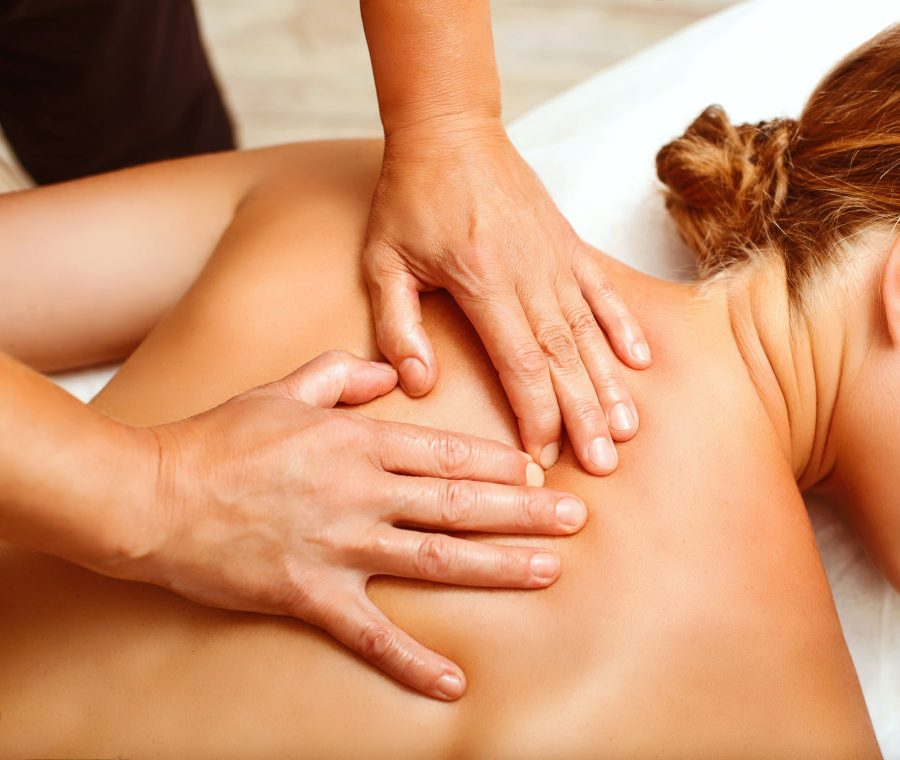Massage
therapy

Massage
therapy
It improves oxygen flow through the body, accelerates healing, softens the skin and reduces scars, relaxes muscles and relieves pain.
It helps your body get rid of toxins, recover faster from injuries and reduce emotional and physical stress. Regular massage is important for maintaining good health and vitality.
Massage
therapy
The massage increases the level of endorphins and serotonin in the body, thus reducing anxiety and promoting relaxation. It lowers the levels of certain hormones, such as cortisol, which is responsible for increased stress.
Lymphatic massage (LDM) mimics the pulse and flow in the lymphatic system.
It helps transport stagnant fluids from the interstitial tissue to the lymphatic vessels, thereby reducing swelling and stimulating the immune system. Alleviates pain – the anticipated pain from plastic surgery can cause anxiety for those undergoing the procedure.
A massage, started several weeks after surgery, disrupts pain receptor signals sent to the brain.
Massage
therapy
It softens the skin and reduces scarring – part of the body’s healing process is to protect the treated area from further damage.
The physiological process does not differentiate between a cosmetic intervention and an injury. After a surgical procedure the body only feels pain and interruption of its normal processes, after which it tries to recover.
This results in an increased production of collagen fibres which, if overproduced, form very visible hypertrophic or keloid scars.
Massage applied locally to newly healed scar tissue can reduce and alleviate the build-up of hard fibrous tissue. Collagen is softened by heat from therapies involving touch such as classical massage.
Massage
therapy
Speeds up healing – massage speeds up the overall healing process, helping to eliminate accumulated toxins that occur after plastic surgery.
It increases blood circulation in the area which delivers nutrients to both the skin and its underlying tissue layers.
The body, in an attempt to protect itself from further injury caused by intrusion, diverts blood from this area to internal organs after surgery.
This can lead to deterioration of the affected tissue and temporary necrosis of nerve endings. Massage promotes the process of blood flow, which can help restore nutrition and flexibility in the affected area.
Contraindications:
- medical conditions with an elevated body temperature
- acute and subacute inflammatory conditions
- interrupted skin continuity, open wounds
- early period after fractures, sprains and dislocations
- dermatological changes
- haemorrhages or a tendency to have them
- unstable heart defects
- vascular diseases such as atherosclerosis, phlebitis, vascular diathesis, varicose veins and aneurysms
- recent blood clots
- recent myocardial infarction
- tumours
- osteomyelitis with fistulas
- cavernous spinal cord
- pregnancy
- liver and kidney stones
- malaise, dizziness, weakness
